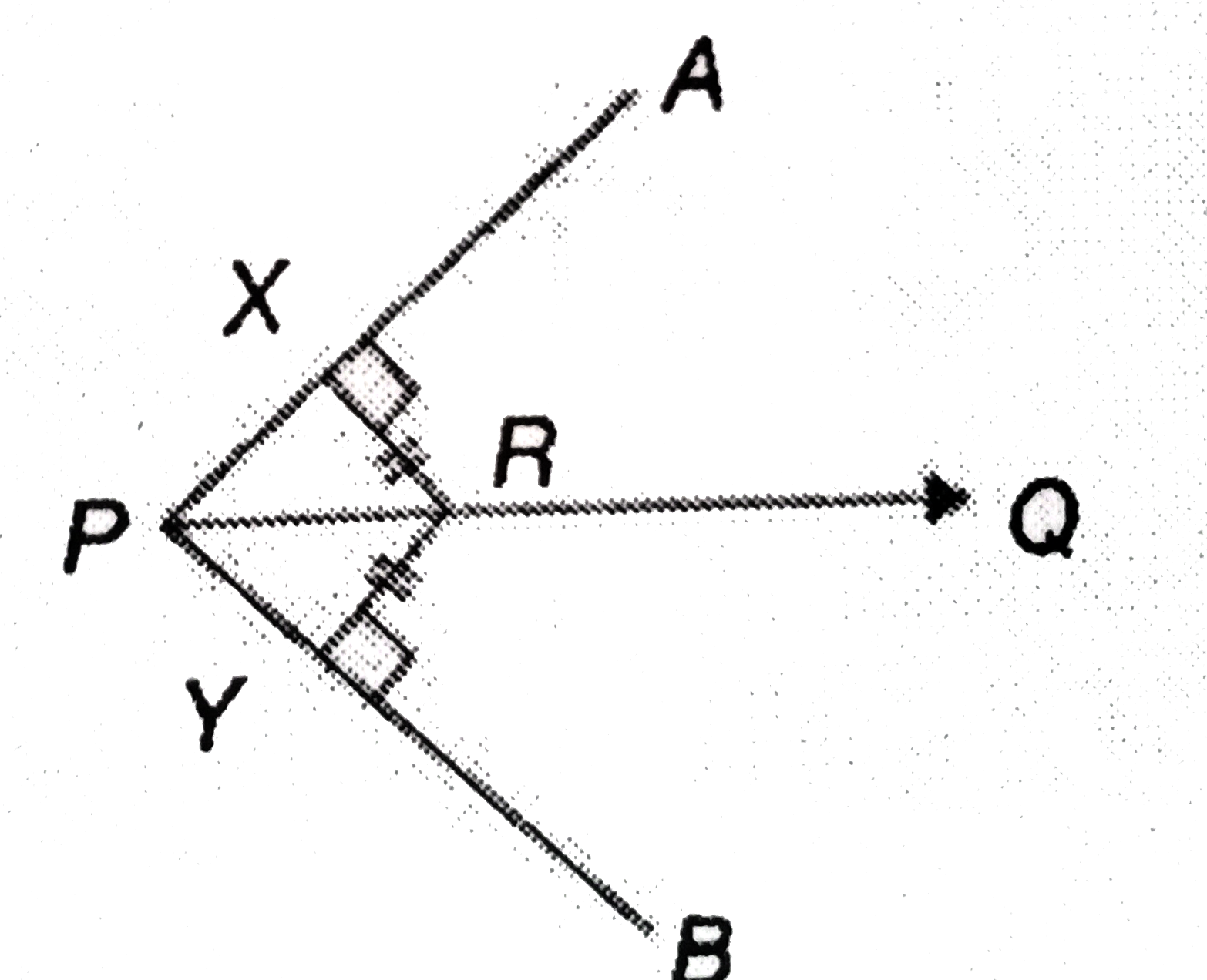In the figure (not to scale) AB = AC and BD = CD. Find ∠ADB
ltimg src="https://d10lpgp6xz60nq.cloudfront.net/physics_images/PS_MATH_IX_C15_E05_003_Q01.png" width="80%"gt
A
60∘
B
90∘
C
120∘
D
Cannot be determined
Video Solution
Text Solution
The correct Answer is:B
ΔADB≅ΔADC
|
Topper's Solved these Questions
- LOCUSBOOK - PEARSON IIT JEE FOUNDATIONCHAPTER - LOCUSEXERCISE - Level 3
15 Videos
- LOCUSBOOK - PEARSON IIT JEE FOUNDATIONCHAPTER - LOCUSEXERCISE - Level 1
15 Videos
- LINEAR EQUATIONS AND INEQUATIONSBOOK - PEARSON IIT JEE FOUNDATIONCHAPTER - LINEAR EQUATIONS AND INEQUATIONSEXERCISE - level 3
10 Videos
- LOGARITHMSBOOK - PEARSON IIT JEE FOUNDATIONCHAPTER - LOGARITHMSEXERCISE - Level 3 MCQ
15 Videos
Similar Questions
Match the following Column A to Column B

View SolutionMatch the following Column A to Column B

View SolutionIn Fig, find the value of x.

View SolutionIn the figure above (not to scale), ¯¯¯¯¯¯AB⊥¯¯¯¯¯¯CDandAD is the bisector of ∠BAE.AB=3cm and AC=5cm. Find CD.
View Solution
From the above Venn diagram ,Find n(P−Q)+n(Q−P)
View SolutionIn the figure, ¯¯¯¯¯¯RX⊥¯¯¯¯¯¯PA,¯¯¯¯¯¯RY⊥¯¯¯¯¯¯PB,RX=RY and ∠APR=70∘. Find ∠APQ

View SolutionIn the given figure, the angles ∠ADE and ∠ABC differ by 15∘. Find ∠CAE.

View SolutionMatch the following lists:

View SolutionIn the following figure, if O is the center of the circle and ¯¯¯¯¯¯AB is the diameter, then find ∠ACB.

View Solution
From the above Venn diagram ,find n(P-Q)+n(Q-p)=_____.
View Solution
